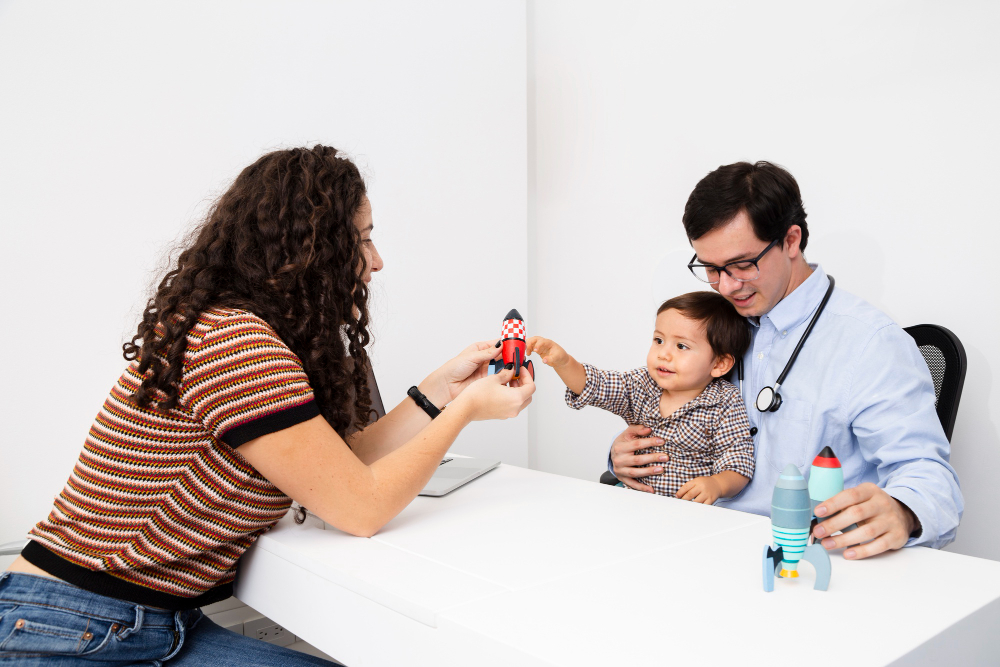Should you be sleepmaxxing to boost health and happiness?
This viral wellness trend may be more hype than substance. March 6, 2025By Eric Zhou, PhD, Contributor If you’ve been on TikTok lately, you know it’s hard to avoid countless influencers touting a concept called sleepmaxxing. Their posts provide tips and tricks to get longer, better, and more restorative sleep. And why not? Sleep is considered a pillar of good health and is related to everything from brain health to cardiovascular health, and even diabetes. But what exactly is sleepmaxxing? And how likely is it to deliver on claims of amped-up energy, a boost to the immune system, reducing stress levels, and improving your mood? What is sleepmaxxing? Depending on which social media platform you happen to be looking at, the recommended strategies for maximizing sleep differ. Tips include: You might also be interested in… Cognitive Fitness Online Course Wondering if you can affect your brain health, memory, and cognitive function? Learn in our course about simple lifestyle changes you can make to optimize your cognitive fitness—and stay mentally sharp! Learn More! Does any research support sleepmaxxing? A thorough search through PubMed, PsycNet, and Google Scholar reveals zero results for the terms “sleepmaxx” and “sleepmaxxing.” But wait — this certainly doesn’t mean that some influencer-recommended strategies are not evidence-based, just that the concept of sleepmaxxing, as a defined package, has not been scientifically studied. But yes, some of the strategies — including one uncomfortable, though popular, choice — lack evidence. Can mouth-taping improve your sleep? TikTok users have claimed that taping your mouth while you sleep has benefits, such as reducing snoring and improving bad breath. A team from the department of otolaryngology at George Washington University was prompted by all of the social media buzz on the topic to review research on the impact of nocturnal mouth taping. Spoiler alert: the authors note that most TikTok mouth-taping claims aren’t supported by research. If you do snore, it’s important to discuss this with your medical team. Even if taping your mouth reduces your snoring, it can’t effectively treat a potential underlying cause of the snoring, such as allergies, asthma, or sleep apnea. Sleepmaxxing or basic sleep hygiene? Many strategies recommended by sleepmaxxers are essentially what sleep experts prescribe as good sleep hygiene, which has plenty of research backing its value. Common components of sleep hygiene are decreasing caffeine and alcohol consumption, increasing physical activity, sleep timing, reducing evening light exposure, limiting daytime naps, and having a cool bedroom. You might also be interested in… Workout Workbook The numbers are shocking. Just three out of 10 American adults are active enough to stay healthy and fit, and nearly four out of 10 admit they aren’t active at all, despite reams of research proving that exercise is a powerful preventive, and sometimes an antidote, for disability and illness. Which side of this divide are you standing on — and why? Maybe you’re not sure what blend of exercise is best. Or perhaps you know exactly what you need to do, but your workouts have become so humdrum that it’s harder than ever to dig up the energy to do them. Do you want to jump-start your sputtering exercise program? Or are you stuck on a plateau and wishing you could kick it up to the next level? LEARN MORE While tips like these help many people enjoy restful sleep, those who have an insomnia disorder will need more help, as described below. Melatonin, early bedtime, weighted blankets, and — kiwi fruit? Other strategies suggested by sleepmaxxers are based on limited scientific data. For example: Could you have orthosomnia? The expectation of flawless sleep, night in and night out, is an unrealistic goal. Orthosomnia is a term that describes an unhealthy pursuit of perfect sleep. The pressure to get perfect sleep is embedded in the sleepmaxxing culture. With more and more people able to access daily data about their sleep and other health metrics through consumer wearables, even a person who is objectively sleeping well can become unnecessarily concerned with optimizing their sleep. While prioritizing restful sleep is commendable, setting perfection as your goal is problematic. Even good sleepers vary from night to night, experiencing less than desirable sleep a couple of times per week. You might also be interested in…




